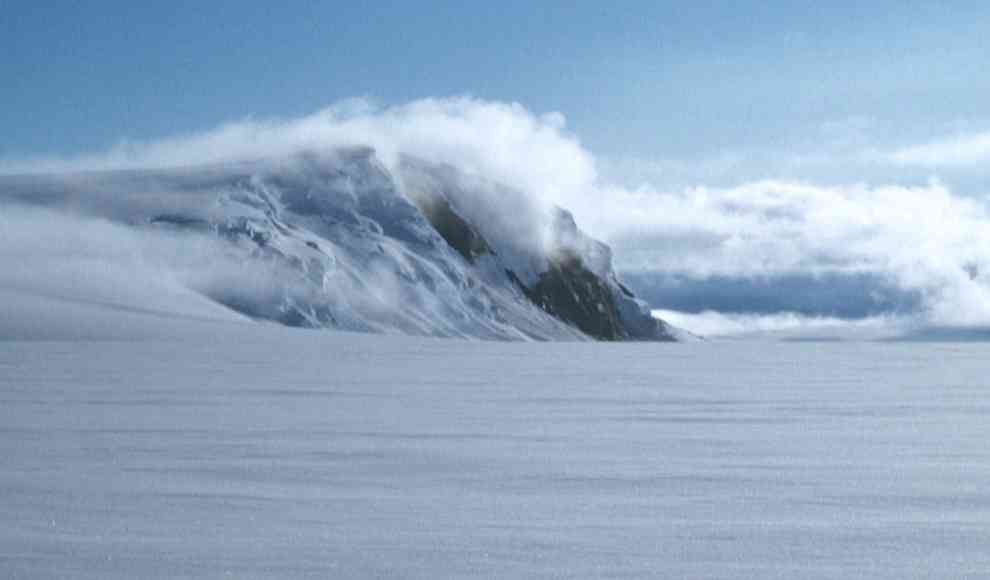A previously unknown tectonic plate has been discovered off the west coast of Canada by geologists at the University of Houston. The plate was found to be undergoing active subduction, where oceanic crustal plates are pushed into the Earth’s mantle by the North American continental plate. This process has created a volcanic mountain range, including Mount St. Helens. The discovery was published in the Geological Society of America Bulletin.
The researchers used a computer model to reconstruct the known plates and their movements, and found a gap that had previously been unknown. The plate, named Resurrection, existed on the surface until around 40 million years ago when it was moved by subduction. Today, the plate can only be identified by its partially melted remnants, which lie 400-600 kilometers beneath Canada. The discovery sheds new light on the complex and ever-changing nature of the Earth’s tectonic plates.
The discovery of the Resurrection plate is just the latest in a series of recent findings that have highlighted the dynamic nature of the Earth’s tectonic plates. Scientists have recently discovered a new continent forming in the Indian Ocean, while the African continent is breaking apart in Kenya. The discovery of the Resurrection plate adds to our understanding of the complex processes that shape our planet, and underscores the importance of continued research in this field. As the Earth continues to evolve, it is essential that we stay vigilant and continue to explore the mysteries of our planet’s geology.










